The Seabird’s Cry: The Lives and Loves of Puffins, Gannets and Other Ocean Voyagers
£9.60£10.40 (-8%)
WINNER OF THE WAINWRIGHT PRIZE 2018
WINNER OF THE JEFFERIES AWARD FOR NATURE WRITING 2017
The full story of seabirds from one of the greatest nature writers. The book looks at the pattern of their lives, their habitats, the threats they face and the passions they inspire – beautifully illustrated by Kate Boxer.
Seabirds are master navigators, thriving in the most demanding environment on earth. In this masterly book, drawing on all the most recent research, Adam Nicolson follows them to the coasts and islands of Scotland, Ireland, Iceland, Norway, and the Americas. Beautifully illustrated by Kate Boxer, The Seabird’s Cry is a celebration of the wonders of the only creatures at home in the air, on land and on the sea. It also carries a warning: the number of seabirds has dropped by two-thirds since 1950. Extinction stalks the ocean and there is a danger that the grand cry of a seabird colony will this century become little but a memory.
Read more
Additional information
| Publisher | William Collins (5 April 2018) |
|---|---|
| Language | English |
| Paperback | 416 pages |
| ISBN-10 | 9780008165703 |
| ISBN-13 | 978-0008165703 |
| Dimensions | 12.9 x 3.1 x 19.8 cm |

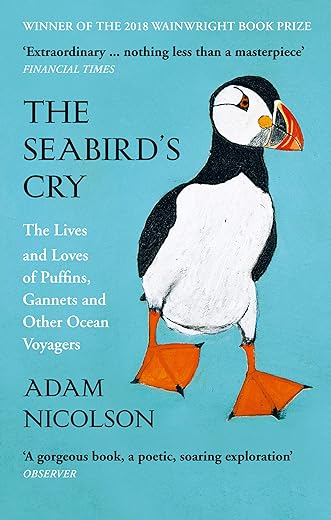

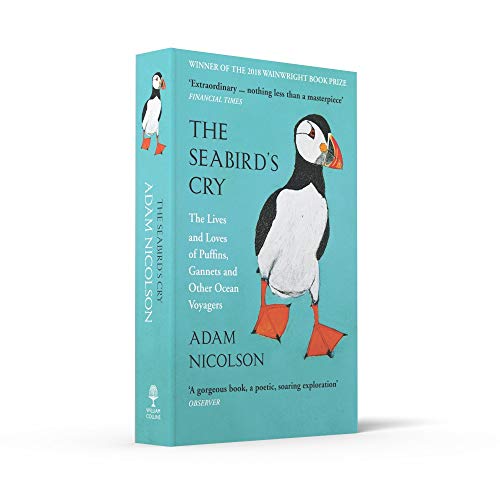
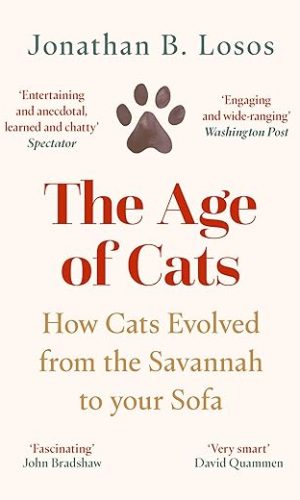
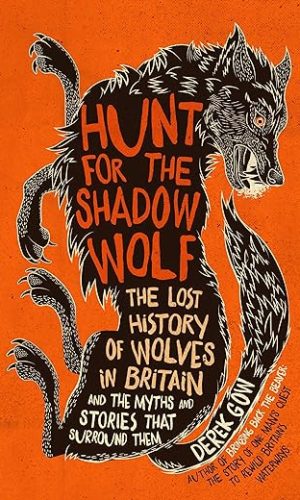
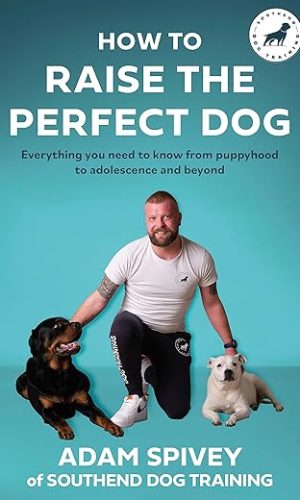
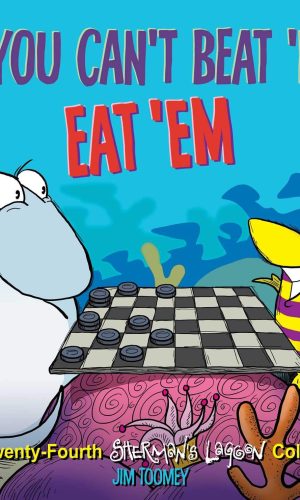


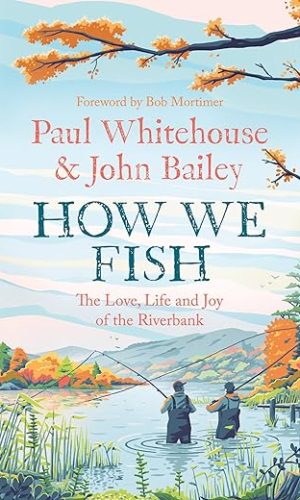
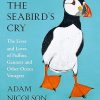
by Amazonian Customer
The Seabird’s Cry investigates the lives and habits of ten different seabirds. Each gets a chapter of its own, stuffed with fascinating information covering a vast array of topics. The mating rituals, breeding habits, how they raise their young and where they feed are all covered as well as the effects of global warming, loss of habitat and pollution. Adam Nicolson also explores their impact on humans, those who traditionally hunted them, those who now spend their lives studying them as well as the writers, poets and artists who were inspired by them.
Due to the nature of the book, it can’t help but get a little same-y, but it’s all very interesting.
by avid reader
Fascinating book. Chapters on individual seabirds, with varying focus – some on natural history, some on cultural aspects. A quirky, deep and well-researched and beautifully-written tribute to the rather obscure and often austere, raw lives of birds that make their lives by, on and above the sea, who nest on exposed cliffs, and fly for miles over great expanses of ocean. A book to dip into, and read at leisure, a chapter here and there. Absorbing and transporting.
by Podiceps cristatus
A book that is packed with interesting facts about the species that are focused upon and it should prove inspiring to the general reader and raise awareness of the threats sea birds face. Good writing and simple but effective drawings almost gives a feel for the ‘jizz’ of each species. Lots of interesting research is drawn to the readers attention, but much of this can be found in many other ornithological books and I feel this book is unlikely to be on the top of the ‘wants’ list of the serious bird watcher/ornithologist, but it does do its job well.
I couldn’t quite understand why the author refers to gulls that frequent public places separately from what he calls ‘wild gulls’. They are all wild in my opinion and I would argue that the Gulls that frequent the streets of Hastings are no less wild than those of the Shiants. I also found the figures referring to the importation to the UK of feathers during the peak of that trade very different from what I have read in Mearns and Mearns, The Bird
Collectors which underlines the need to take care when ever we read of such statistics.
I had been drawn to this book having read Adam Nicolson’s Sea Room which was an excellent read. This book did not live up to that standard for me, but a decent read all the same.
by Tim
This took me longer to read than it should, because I had to stop halfway through and read another book for work. But I couldn’t wait to get back to this. Not only did it highlight the literary inadequacies of an otherwise perfectly reasonable book, it served as a kind of comfort blanket during a difficult couple of weeks. Not that there’s much comforting about the plight of seabirds in our globally warmed, plastic polluted oceans. If there’s one thing designed to alleviate the anxiety of Brexit it’s the tragedy of humanity as it continues on not only a suicidal self-destruction mission but clearly seems bent on taking most of the planet with it. Nicolson magnifies the enormity of that tragedy by capturing perfectly the beauty, the delicacy, the ingenuity and poetry of life if not (always) on the ocean wave then in the air above it, or nesting near it on some of the remotest outcrops of land. It’s a heroic tale, told heroically. Let’s just hope and pray for a happy ending to this story.
by Mrs Helena J Wilkinson
Slightly long winded in places, however, last chapter is an essential read.
Gives and amazing insight into the world of many seabirds. Both astounding and depressing.
by Duncan Hodge
This was the 2nd copy I have bought as I lent the 1st out and (perhaps unsurprisingly) never got it back!
Reading it again just reminded me how wonderful it is. Beautifully written, it draws together Personal Experience, Scientific Research, History and Literature into a book that is entrancing at every level. Anyone with a love of the natural world and its inhabitants cannot fail to enjoy it.
by therealus
The Seabird’s Cry is in all ways a moving account of the lives and tribulations of ocean-going birds, focusing primarily on eleven species, one of which is extinct, one of which is only to be found in southern oceans, which perform as representatives of them all. It’s a book that involves and informs, and inspires awe and horror, often simultaneously.
The descriptions of the birds and their normal lives are, in the main, particularly striking: at times poetic in their evocations. The beauty and grace of kittiwakes and fulmars, and the eye-catching colour-schemes and behaviours of puffin and guillemot, are captured lyrically in Adam Nicolson’s writing. Yet he is careful not to anthropomorphise. The lives of seabirds – any birds, for that matter – are not ours.
Early on he provides an explanation for something I have wondered when approaching Skomer or the Farne Isles: why do guillemots form rafts out to sea just offshore from their nests? It is, apparently principally as a means of receiving information from guillemots returning from successful foraging trips – a “compass raft” or “information halo”. He also divulges that the reason closely nesting guillemots do not fight with their neighbours is because they nest in family colonies. The nest next door usually belongs to some relative or another. These colonies are matrilocal, that is, the adult relatives are the females, the males being the ones which leave the colony to breed.
In the shearwater chapter he deals with the subject of seabirds’ sense of smell, and reveals that they are attracted to phytoplankton by the scent of dimethyl sulphide, DMS, a gas they emit, which thus aids them with locating their food. This acute sense of smell is, he points out, one of the factors which differentiates the seabirds’ world, their “Umwelt”, from that of humans. This Umwelt is overwhelmingly more shaped by odours; their worldview is in large part a map based on scents, by which they not only locate food but also navigate the globe as they travel, and seabirds are the most prodigious travellers and explorers – as Nicolson later says of the albatross, flying is their home; it is when spending time on land whilst raising chicks that they are on alien territory. Seabirds spend their early years, during which many are insufficiently mature to breed, constructing a knowledge base by which they will be guided in later life when they need to find food for their young. The downside to this is that the plastic now floating in and on the sea also emits DMS, distorting the logic of this knowledge base. Hence the increasing propensity for seabirds to treat plastic as food, eating it themselves and feeding it to their chicks, with fatal consequences if that is all that is being provided.
In discussing the gannet and its relatives, Nicolson transports us to a world of violence. He begins with the story of how a gannet removed the eye of a man attempting to aid it when he found it injured on a beach. He moves on to describe the warzone which is a gannet colony. But perhaps the most shocking revelations come when he relates the environment the gannet-related Nazca booby inhabits, particularly insofar as the birds’ lives often begin with a fight to the death with any sibling they may have, presided over by a watching parent. This singular event appears to set the tone for a lifetime of abuse and being abused by the Nazcas in their colony. Again, whilst Nicolson presents these phenomena as distressing for the average reader, he is also careful not to oversentimentalise. Life for seabirds is tough, and sometimes that toughness is inflicted by those closest to them.
In passing, the author also shares a few non-bird-related facts, such as the reason Native Americans were originally called Red Indians. This was because the Beothuk, a people first encountered by the Vikings at the end of the tenth century and who were subsequently encountered again by Europeans in the fifteenth dyed their clothes, bodies, weapons, houses and dead with ochre, hence everything about them was red.
Only a couple of things deserve a little caution. In particular, Nicolson suggests the reason it is colder in the winter is because the northern hemisphere is further from the sun at that time. This is not true, and I’m surprised, given the otherwise excellent science of the book, that he has allowed this common misconception to creep in. The actual reason is that the tilt of the earth means that the sun is not so much directly overhead, so the heat becomes dissipated as it is dispersed over a greater area. (My only other quibble is his use of the word “seagull”, a creature that does not, in science at least, exist. But, as I say, that is to quibble.)
Much time is dedicated throughout to reporting the impact of humans upon seabirds. Sometimes this has what may be deemed a legitimate purpose, such as the harvesting of eggs for food and oil-rich chicks for all manner of things. Sometimes the impact is inadvertent, as with pollution and human-induced climate change. On others, however, the impact is through malignance.
Combining the first and the third of these is the tale of the now-extinct great auk. The story of the extinction of these flightless birds, relatives of the razorbill, follows the arc of humanity’s mobility. There is evidence to suggest that the process of wiping them out began more than twenty millennia ago, as hunters were increasingly able to reach the great auks’ colonies, first on foot, then progressively by boat. The birds had evolved with no reason to fear land-based predators, so hunters and people out for a particularly sick variety of sport were able to slaughter them wholesale, sailing from colony to colony until they were all wiped out.
The book concludes by delving further into this human impact, together with chances of survival for seabirds. Paradoxically, perhaps, whilst climate change has impacted negatively on many birds, a select few have actually benefitted from it, but Nicolson also holds out a little hope for those species whose numbers have declined, conjecturing that they will be able to adapt in some way, with a little help, or maybe less hindrance, before it is too late. His parting story, in fact, is of how the Shiants, the island he owns in the Hebrides, was rid of the many predatory mammals that had been washed up in one way or another on its shores. This elimination was carried out by volunteers, sometimes at risk to their own lives, who trapped and poisoned all of the predators who had been responsible for more or less destroying the seabird colonies. He knew that there would be some time before a true revival came about, if at all. Yet an early sign of hope was not from seabirds, but from the resurgence of the local land birds such as the Hebridean wren.
Perhaps all is not lost yet, but it would be leaving too much to chance to leave things to sort themselves out.